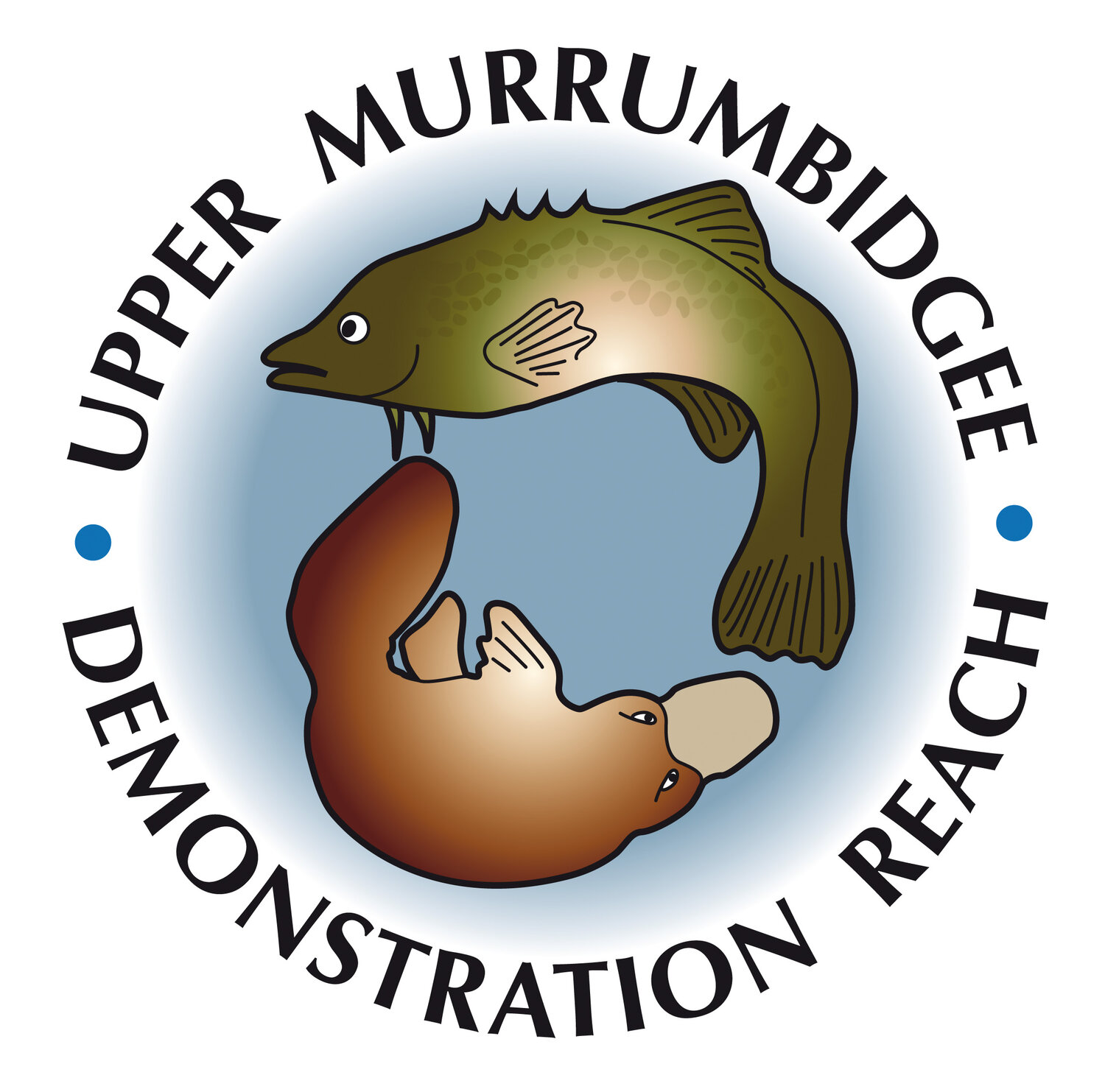Reducing erosion and sedimentation
A healthy upland stream is free from the impacts of excessive erosion and sedimentation as healthy native vegetation in the catchment stabilises soils and filters run-off.
Deep pools and complex habitat such as snags (native woody debris) and boulders are maintained because they are not being smothered by large amounts of sand.
Our priority is to reduce the impacts of erosion and sedimentation on native fish and other target species such as Platypus and Rakali and key habitat areas.
Why reducing erosion and sedimentation is important for the upper Murrumbidgee River
Studies show us that prior to the 1820’s erosion in sub-catchments of the upper Murrumbidgee was minimal and rare- even 1 in 100 year rainfall events rarely produced significant sediment yields. From the 1820’s onwards however, gulley erosion increased rapidly, with the 1860s (a wet decade) seeing major gully erosion forming throughout the Upper Murrumbidgee River catchment. Stream channel widening and bed lowering of creeks and rivers, as well as the mobilisation of sediment into the catchment occurred as a result of this erosive period. Tributaries such as Numeralla and Bredbo Rivers and the Michelago and Gungoandra Creeks are identified as large sources of sediment.
Since the 1900s, there has been minimal new erosion gully formation, however the mobilised sediment has been moving down through tributaries and the upper Murrumbidgee River ever since. The sediment is referred to as ‘sand slugs’ which creep along with ever flood event smothering habitat, filling up deep pools and creating wide, shallow channels. These sand covered channels are like underwater deserts- overing no habitat, food or shade for the aquatic ecosystem. Wide shallow sandy channels can be barriers to fish movement when the river dries up completely or leaving fish to pass through open, warm and oxygen deprived waters where they are vulnerable to predation.
Low flow volumes exacerbate the effects of sand and sedimentation as there is no energy in the river to scour sand out of habitat and refuge holes. This sediment is remobilised during high flow events, additional sediment being contributed by streambank erosion. The recent black summer bushfires resulted in mass movement of soil from large areas of fireground , showing the effect of uncontrolled wildfire events. You can read more about why mitigating uncontrolled wildfire is important here (LINK).
Erosion in the catchment also results in increased turbidity (muddy water) which is a major source of water quality decline in the upper Murrumbidgee. Monitoring data shows that storm-based events are still extreme in nature (turbidity > 1000 NTU). You can read about why improving water quality is important here (LINK).



